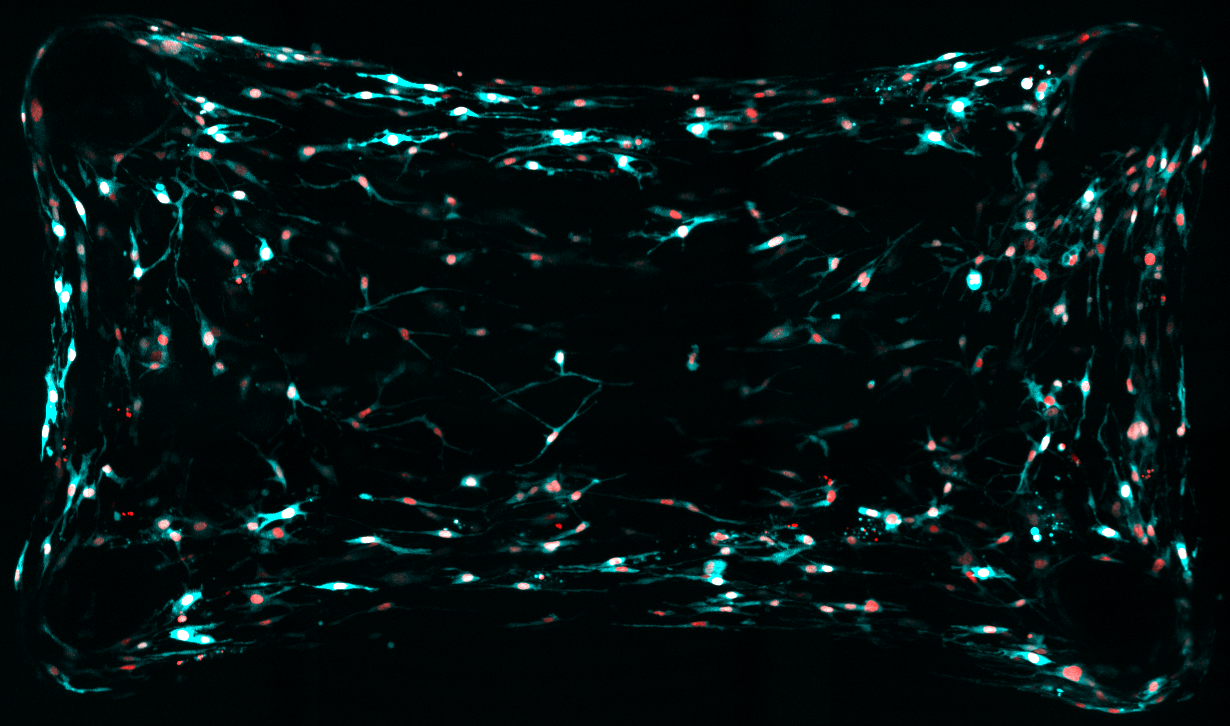Research Areas
Multicellular Design Program has three major research areas of focus:
- Microbial communities.
In nature, microbes are part of densely packed communities that can chemically and mechanically coordinate to become more than the sum of their parts. For example, biofilms – spatially structured communities of bacteria – can be 1000 times more resistant to antimicrobial therapies than free-living bacteria, suggesting that resistance may be better understood as a collective property. We will exploit BU’s unique expertise in the modeling of microbial ecosystems and synthetic biology to identify the chemical and mechanical communication dynamics that form and control microbial communities and their properties, and use these insights to create and control synthetic communities with new functions, as well as establish interventions to disrupt disease-causing communities.
- Immune cell consortia.
The immune system is complex, involving multiple interacting cell types. Immune responses against infection or cancer involve numerous coordinated events amongst different immune cell types. Recent exciting advances have shown that engineered chimeric antigen receptor (CAR) T cell immunotherapies can direct the immune system to recognize and kill patient tumors, but their limited efficacy and potent side effects result from unforeseen interaction with other cells in tissues and the immune system. Here, we will leverage BU’s enormous strengths in mammalian synthetic biology to elucidate, model, and engineer programmable control over collections of interacting immune cells, with the goal of informing and creating next-generation immunotherapies that are safe, effective, and potentially curative.
- 3D tissue systems.
Human tissues such as lung, gut, or heart consist of multiple cell types arranged in highly stereotyped architectures, and these architectures shift into disarray in many disease states. We recently established methods to build small tubular tissue structures that can be combined with artificial blood vessels and connective tissues. We will focus initially on harnessing these structures to engineer synthetic human lung tissue as a bed for studying lung disease and cancer progression, and heart tissue, major strengths and points of synergy at BU. Lessons learned will be immediately extended to parallel efforts in modeling other tissues. Combining stem cell biology, synthetic biology, materials science, and mechanobiology – all strengths at BU – we will elucidate how cells work to organize functional tissues, built new tissues from the cell-up, and provide the critical transition leading to designer tissues and therapies.
